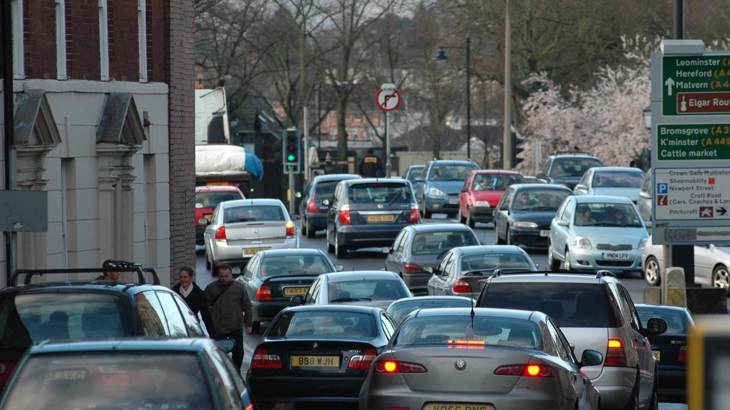Nicholas Sanderson discusses how it’s been 13 years since the congestion charge was introduced in London, and it paved the way to help change how Londoners travel. Now, as our population continues to grow apace, policy makers need to find new solutions that help shift our everyday trips to foot, bike and public transport in order for London to remain a prosperous, healthy city for all.

London has thrived for decades because of its constrained roads
London’s physical constraints have led us to pioneer better transport: the world's first underground railway, the original congestion charge, contactless tickets for public transport, and reallocating space for people cycling and walking. Since 2000, there has been an 11% shift from private transport to public transport, walking and cycling. According to Transport for London, no other major global city has achieved such a significant shift away from private transport. This is something to be proud of, but recent changes are concerning.
The latest Travel in London report tells us that, since 2013, traffic has increased slightly after over a decade of decline, most notably in central London. This is thought to be driven largely by increases in the numbers of vans and lorries, possibly brought about by the post-recession construction boom, online shopping and all the additional services that a growing population and thriving economy demands.
Four things we should do to tackle congestion in London
1. Rule out new roads
From the academic debate in the 1950s to government reports in the 1990s and more recent studies, it is widely recognised that when new roads are built or existing ones widened, new motor traffic appears.
There are two kinds of uplift; ‘induced traffic’ – people who change how they travel to take advantage of new capacity; and ‘generated traffic’ – entirely new trips that weren’t made before. When this happens, congestion levels generally remain the same or get worse, so rule out building new roads. It tends to make the problem worse.
2. Continue to invest in space for more efficient modes of transport - space for buses, cycling and walking
Buses, cycles and pavements can move more of us more efficiently in a given space. This is more important as our city grows. Around 1,200 people per hour are using the new north-south Cycle Superhighway in the peak – that’s about 920 cars (given current occupancy rates) or 15 full buses. Without investments like these, we wouldn’t have seen the major shift away from private transport that we have - with its benefits to our health, our environment and our city’s economy.
3. Revisit congestion charging, it has been vital to recent progress
The change in how Londoners travel just wouldn’t have been possible without London’s congestion charge. When it was introduced in 2003, traffic in the congestion charge zone reduced by 18%, freeing up road-space to help create more bus lanes, cycle lanes and better pedestrian crossings and pedestrianised spaces. Alongside Living Streets and the Campaign for Better Transport, we’d like to see an investigation into a charge linked more closely to the congestion caused, that makes sure the people using the roads are those that really need to, giving them more reliable journeys. Small changes to the existing charge such as tolling for each entry and exit or varying the price by time could also make a big difference.
4. Put a team on it – for quick wins, clever tricks and overcoming any regulatory barriers
Working with the construction sector, Transport for London – led by the Mayor – has changed the sector’s culture and practices toward cycle safety. They’ve recently started to engage utilities and developers to understand how they can minimise the impact on traffic – with already good results. In the short-term, there’s a lot to be done to better manage the impacts of development, deliveries and demand, and a team of experts can work together with the key sectors to achieve the best results. We did it during the Olympics in 2012, so why not pick up the activity again?
Investment in space for walking and cycling is the way to cope with the rising population and our capital’s challenges but to target and tackle traffic congestion we need to make changes to the congestion charge and work to make more efficient use of vehicles.

